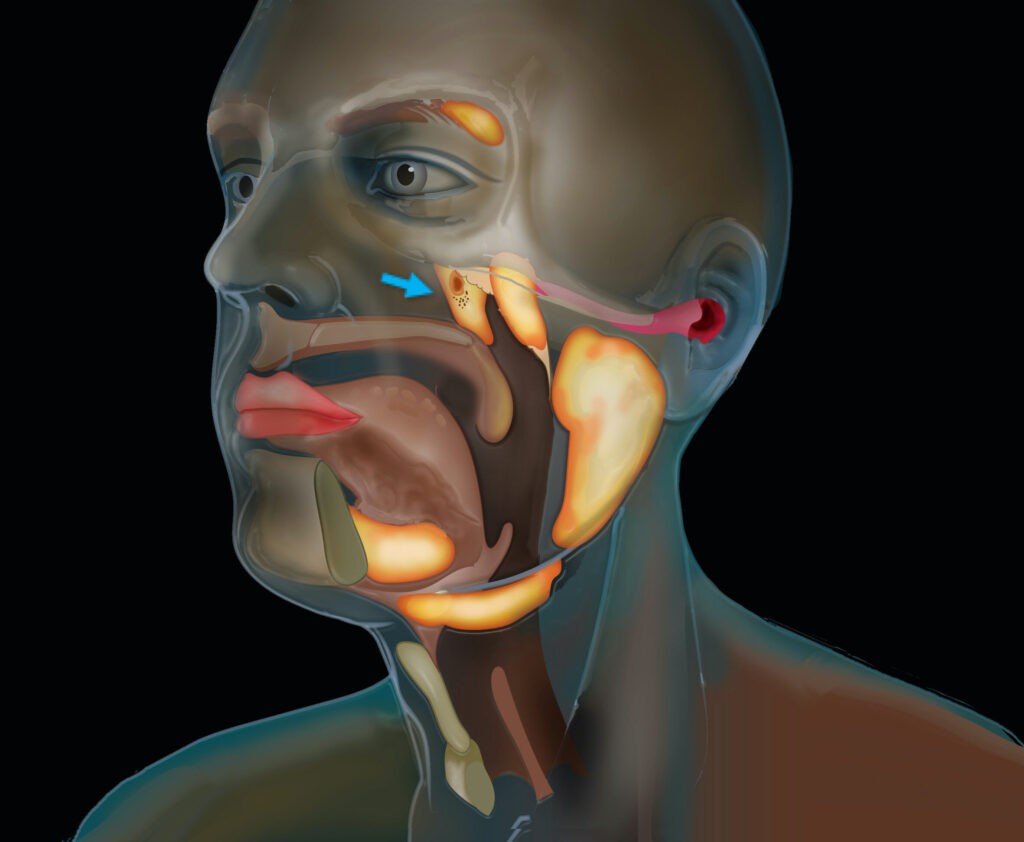22/04/2024
22/04/2024

NETHERLAND, April 22: Scientists from the Netherlands Cancer Institute have stumbled upon a remarkable discovery while researching prostate cancer, uncovering a previously unknown organ in the human body.
During their investigation into prostate cancer, the team conducted a series of CT and PET scans on patients injected with radioactive glucose. This glucose, known to bind with the PSMA protein prevalent in prostate cancer cells, illuminated tumors on the scans, aiding in their detection.
However, what caught the researchers' attention was the unexpected illumination of spots inside the human head. Further examination revealed the presence of salivary glands, located near the intersection of the nasal cavity and throat, which the team dubbed the 'tubarial salivary gland'.
Dr. Wouter Vogel, one of the researchers involved in the study, explained that these glands likely play a role in lubricating the upper throat behind the nose and mouth. This discovery challenges previous assumptions about the anatomy of the human head and sheds light on the complexities of the body's internal structures.
To validate their findings, the team examined scans from 100 patients, all of whom exhibited the tubarial salivary gland. Additionally, examination of cadavers confirmed the presence of these glands, indicating their presence in all individuals.
This newfound understanding of the human anatomy could have significant implications for medical treatments, particularly in radiotherapy procedures targeting the head and neck. Previously, the area where the tubarial salivary glands are located was often targeted, potentially leading to unintended side effects such as dry mouth post-treatment.
While the human body already possesses three major salivary glands, the discovery of the tubarial salivary glands adds another dimension to our understanding of oral health and anatomy. These glands, located in a distinct region of the head, join the parotid, submandibular, and sublingual glands in their role in saliva production and oral function.


